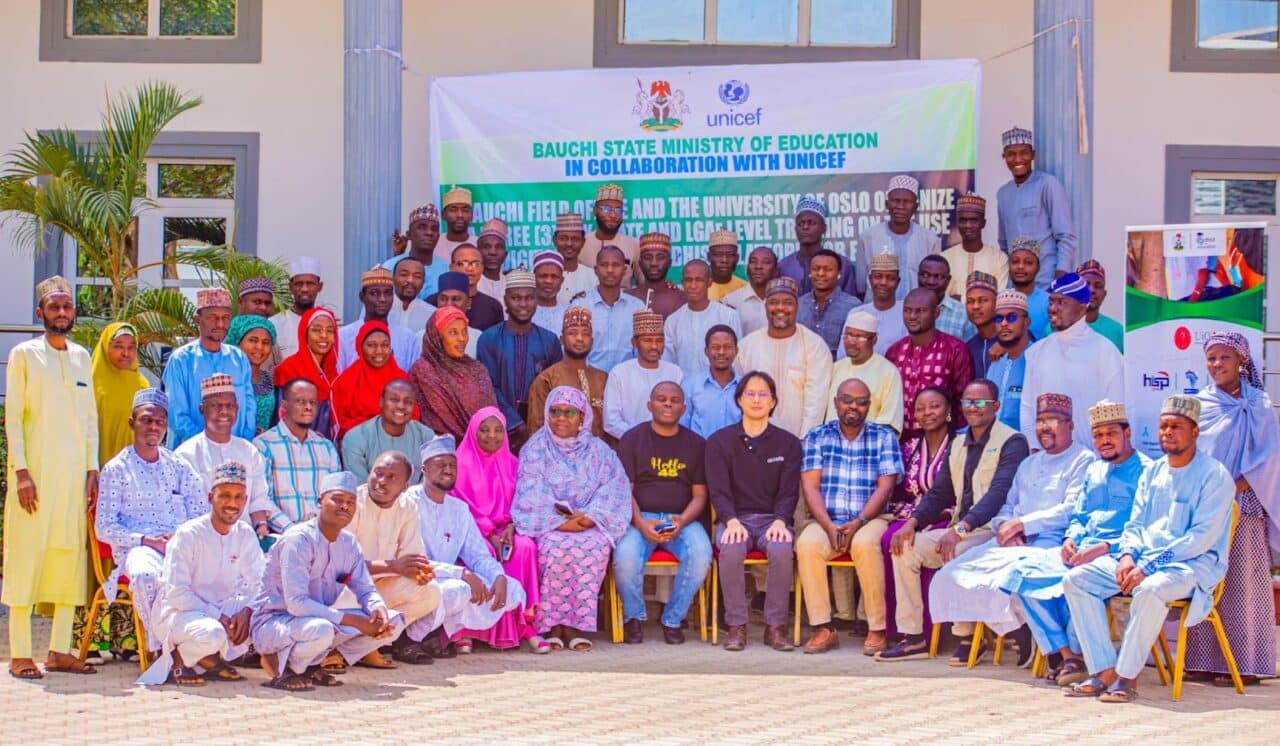Cette page a été traduite automatiquement et pourrait contenir des erreurs
En Ouganda, les élèves retournent en classe grâce à DHIS2 pour la surveillance scolaire COVID-19
Après presque deux ans de fermeture des écoles en raison de la pandémie, le déploiement à l’échelle nationale du DHIS2 pour la surveillance du COVID-19 dans les écoles par SMS a soutenu la stratégie de réouverture des écoles en toute sécurité de l’Ouganda.
Tout au long de la pandémie de COVID-19, les pays du monde entier ont adopté différentes stratégies pour gérer le risque de transmission chez les enfants et les adolescents. En Ouganda, les autorités gouvernementales ont fermé les écoles en mars 2020, laissant environ 15 millions d’élèves avec un accès limité ou inexistant à l’éducation.
Depuis de nombreuses années, le HISP Ouganda apporte son soutien à la mise-en-œvre des systèmes DHIS2 dans les secteurs de la santé et de l’éducation en Ouganda. Au cours de la pandémie, ils ont contribué à la mise-en-œvre des systèmes nationaux de dépistage et de suivi du COVID-19 pour soutenir la réponse au COVID-19. Au début de l’année 2021, ils ont travaillé en partenariat avec Save the Children Uganda, le ministère de la santé et le ministère de l’éducation et des sports. piloter un système permettant aux écoles de soumettre des rapports quotidiens sur l’état d’avancement du COVID-19 en envoyant des messages SMS directement dans leur DHIS2 pour l’éducation (connu sous le nom de DEMIS). Cette mise-en-œvre s’est appuyée sur les enseignements tirés d’un système existant de surveillance électronique intégrée des maladies et de riposte (eIDSR) utilisé en Ouganda depuis 2012, adapté au système scolaire et au contexte du COVID-19.
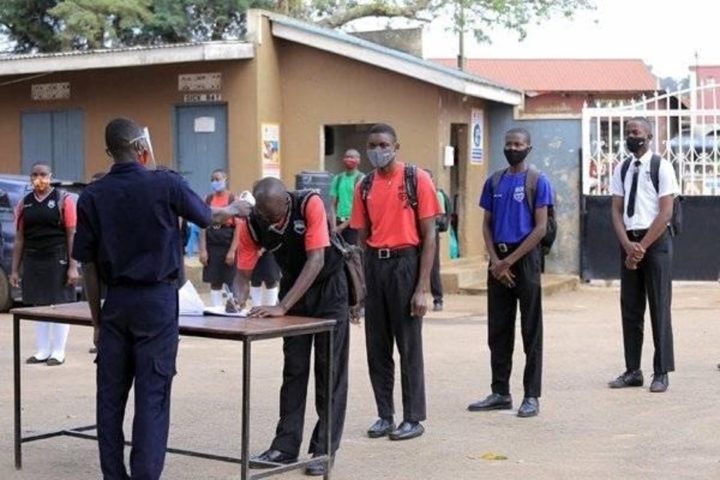
Bien que ce projet pilote ait été couronné de succès, une nouvelle vague de COVID-19 en juillet 2021 a conduit le gouvernement à imposer un strict confinement, et des tests à grande échelle effectués sur les élèves ont révélé que nombre d’entre eux avaient été infectés lors de la brève réouverture de certaines classes. Le président ougandais a donc posé comme condition préalable à la réouverture des écoles que l’ensemble du personnel et des élèves de plus de 18 ans soient vaccinés et que toutes les écoles adoptent un système de surveillance du COVID-19 afin de faciliter le signalement des nouveaux cas et la réaction à ceux-ci.
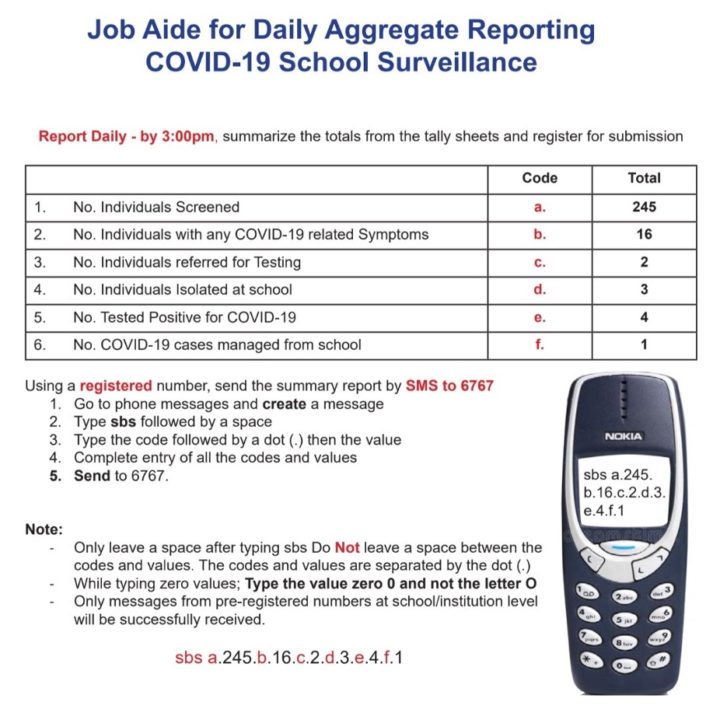
Passer d’un projet pilote à une échelle nationale grâce à une formation en cascade et à des outils en ligne
Le HISP Ouganda a collaboré avec le ministère de la santé, le ministère de l’éducation et l’UNICEF pour réviser et développer le système de surveillance scolaire mTrac-DHIS2. Cela a nécessité quelques mises à jour des formulaires de rapport pour répondre aux besoins de données révisées, et de la hiérarchie des unités d’organisation nationales pour refléter les ouvertures et fermetures d’écoles depuis le début de la pandémie. Cependant, la fonctionnalité essentielle du système est restée la même : un ensemble de données agrégées de rapports quotidiens a été configuré pour recevoir des données au niveau de l’école à l’aide de l’appli de configuration SMS du DHIS2. Les rapports consistent en une simple séquence de codes de lettres et de chiffres et peuvent être envoyés à partir de n’importe quel téléphone doté de la fonction SMS, ce qui facilite la transmission de rapports par des écoles situées dans des zones où l’accès à l’internet est limité ou inexistant. Les élèves ou le personnel dont le test de dépistage du COVID-19 est positif sont également enregistrés dans le système de surveillance du COVID-19 basé sur Tracker par les agents de santé locaux, tandis que les données agrégées du système DEMIS sont également intégrées au système eIDSR (référentiel de données du COVID-19) au niveau du district. Enfin, des tableaux de bord ont été configurés dans DHIS2 pour soutenir le contrôle, la prise de décision et le suivi de l’école au niveau national.
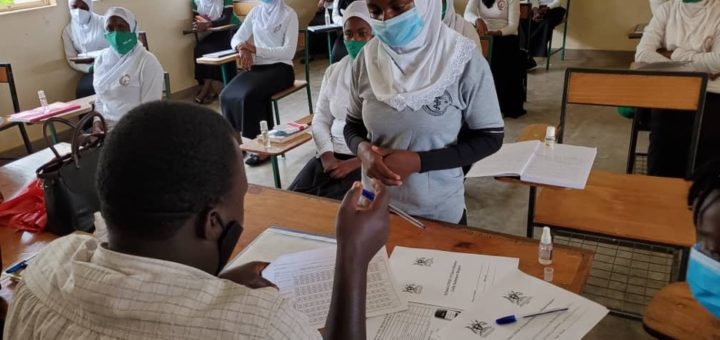
Alors que le système pilote ne concernait que les écoles primaires de quelques districts, la directive du président a exigé que la surveillance des écoles soit étendue aux écoles privées et publiques des niveaux primaire et secondaire dans chacun des 146 districts de l’Ouganda, soit un total de plus de 51 000 écoles. Au moins deux personnes dans chaque école devaient être formées à la transmission des données, tandis que le personnel du district devait également recevoir une formation sur l’examen des données dans DHIS2. Pour ce faire, le ministère de la santé, le ministère de l’éducation, l’UNICEF, le HISP Ouganda et leurs partenaires ont utilisé un modèle en cascade, avec des cours nationaux et régionaux de formation des formateurs (en personne et en ligne) pour renforcer les capacités des équipes régionales à dispenser des formations aux niveaux inférieurs de la hiérarchie du ministère de l’éducation, de la santé et de l’enseignement. Ils ont également travaillé avec les acteurs concernés pour s’assurer que les capacités du DHIS2 puissent être partagées entre les ministères, de sorte que les biostatisticiens du ministère de la santé puissent aider les inspecteurs des écoles au niveau des districts à utiliser le DHIS2 et à analyser les données.
Le système de surveillance scolaire de l’Ouganda a été lancé en janvier 2021, près de deux ans après la fermeture des écoles au début de la pandémie de COVID-19. Le ministère de la santé, le ministère de l’économie et des finances et les partenaires ont été impressionnés par la rapidité avec laquelle le HISP Ouganda a pu déployer le système à l’échelle nationale. Dès la réouverture des classes, des rapports SMS quotidiens ont commencé à être envoyés par un certain nombre d’écoles, mais avec d’importantes lacunes dans la couverture. Le programme HISP Ouganda s’efforce de soutenir le système et les ministères de la santé et de l’éducation afin de dispenser une formation supplémentaire visant à améliorer la qualité des données et à augmenter les taux de notification, et de s’assurer que les autorités sont en mesure d’utiliser les données qu’elles reçoivent pour prendre les mesures de suivi appropriées, contribuant ainsi à contrôler la propagation de la pandémie de sorte que les écoles puissent rester ouvertes.
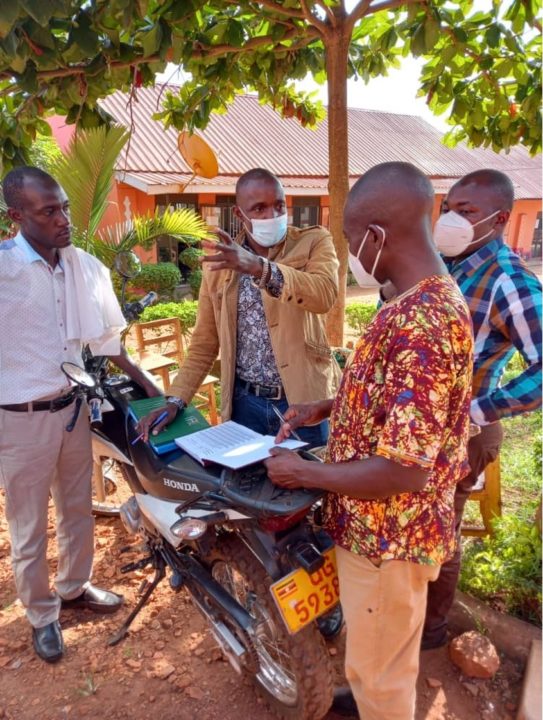
Pour en savoir plus sur le projet pilote COVID-19 de surveillance en milieu scolaire en Ouganda, consultez le site web GPE-KIX.
